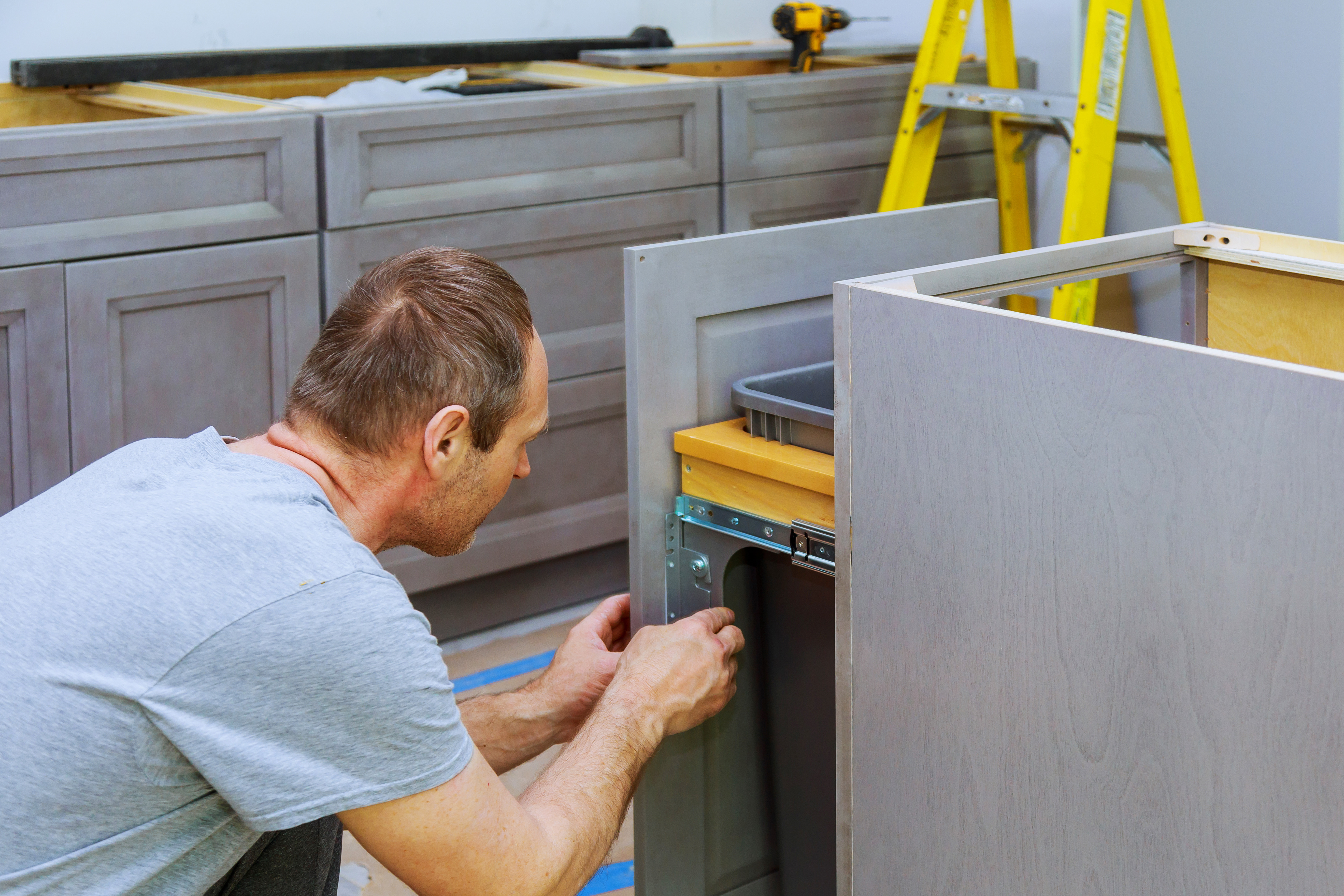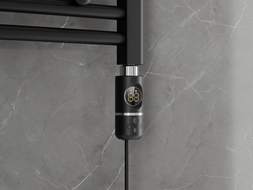
Waste segregation is not only a requirement imposed on us by municipal services, but also a reflection of our ecological awareness and care for the planet. The modern way of life means that we produce huge amounts of waste, which we must somehow manage. The most classic solution is to place a segregation container under the sink, however when there is a need to place several containers in one cabinet, problems may arise. So where can you place the waste bin if not in the cabinet under the sink?
Waste segregation – what does it involve
Every day we produce a lot of trash. Plastic packaging, milk cartons, paper that wrapped cold cuts, yogurt containers, are just the beginning, and that's just limited to the waste generated in the kitchen. Additionally, there are peels, food scraps, oil from frying, and of course various items that have been broken, shattered, or damaged. In the past, everything was thrown into one container that fit easily under the sink. Today we have at least three containers, and sometimes even more.
Each household is obliged to sort the waste it produces. Therefore, you need to have separate containers for plastic and metal, glass, paper, kitchen waste, and mixed waste. In the best case, this is three, and in the worst case five containers that must somehow be accommodated. Where to place the waste bin if there is no more space under the sink, and is the bin under the sink really the best location for garbage?
What instead of the bin under the sink?
The market cannot stand still; since there was a problem with the space for the bin under the sink, many other ideas on how to manage segregation without cluttering the entire kitchen have emerged. One idea is to dedicate an entire cabinet solely for waste bins. This way, a built-in cupboard can be used in a chosen location, for example under the kitchen countertop or under an island. Bins placed in such a cabinet cooperate with a cargo system, just open the doors and pull out the platform that the bins are on. The advantage of this solution is the possibility of individually adapting the cabinet to the users' needs.
Another good solution could be a drawer built from a steel frame on which the bins are suspended. The entire unit is masked with a front that matches the rest of the cabinetry. The advantage of this method of placing trash bins is that all of them are at the same height, and you do not have to bend down to reach them. The drawer located under the worktop can be pulled out when, for example, peeling vegetables, and scraps can simply be dropped from the countertop directly into the appropriate bin.
Reasonable use of space - bins not necessarily under the sink
A very original idea for placing trash bins in the kitchen is to use a corner cabinet. Here we can choose a magic corner solution, which means bins that slide out of the cabinet sequentially; this is an excellent idea for utilizing hard-to-reach nooks. Bins placed on a shelf that slides out when the cabinet doors are opened can also be a good idea. You can also install a hanging round bin there, which will rotate depending on which type of waste you want to throw away at that moment.
People with really large kitchens, who for some reason do not want to place all bins for waste under the sink, can opt for free-standing bins. The modern market provides a lot of options when it comes to size and color choices, and you can easily find bins that are not only functional but can also serve decorative purposes.
Other solutions for your kitchen
When looking for alternatives to waste containers placed in the cabinet under the sink, you can find really interesting solutions. One of them is, for example, containers for kitchen waste, in which compost can be made. This idea works even in a small kitchen in an apartment; a small bucket allows for managing food scraps according to ecological principles.
In recycling, you can reuse certain types of waste—especially jars or glass bottles—as well as some plastic containers. Paper and cardboard can be stored in a cardboard box, meaning you won’t have to transfer them from a container to a bag. Paper and aluminum can be taken to a recycling center or a scrap yard, but in recent years it has stopped being profitable.



















